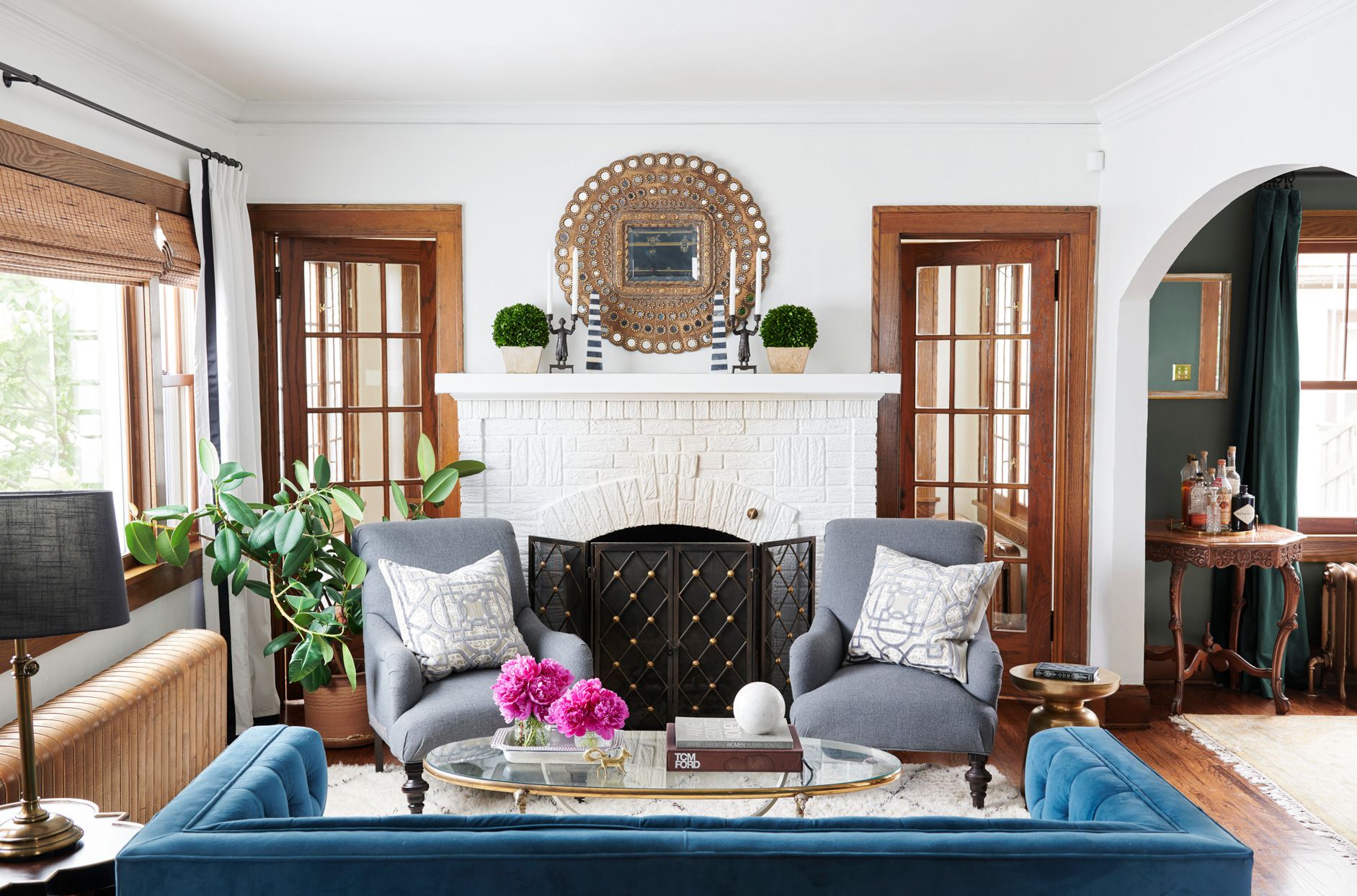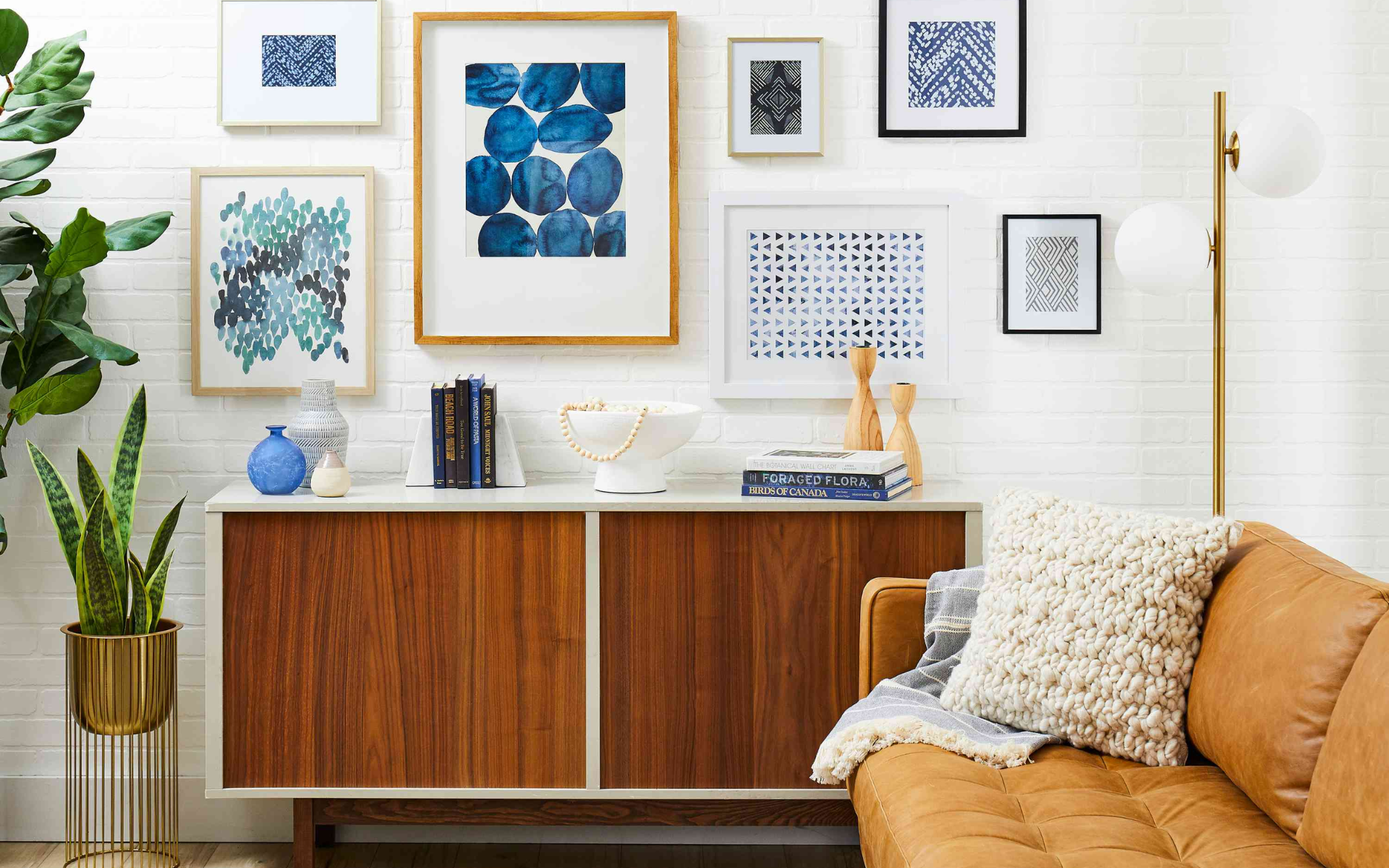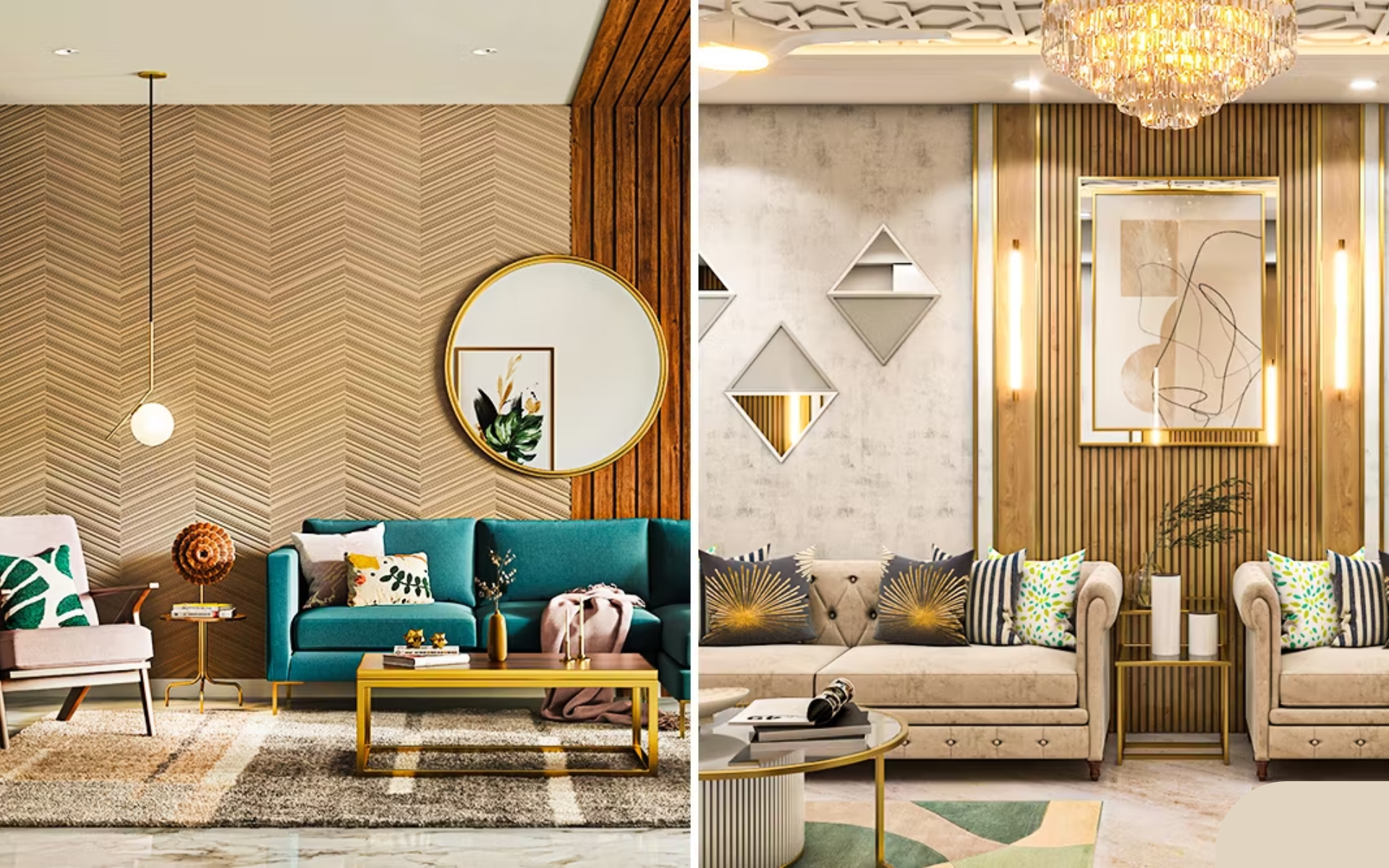Minimalism meant cold, empty rooms with white walls and furniture you couldn’t sit on. The kind of living room where if you drop a crumb, it echoes. But that’s not what we’re talking about here.
Minimalism can be cozy, warm, livable. And if you’re working with a small space — like most of us are — it can completely transform the way your home feels. Not bigger, exactly, but better. Calmer. More you.
Here are some space-saving minimalist living room ideas that I’ve either tried myself or have seen work wonders in real homes.
1. Let Go of the Guilt Furniture
We all have it. The president from your parents’ old house. That press you might fix “ one day. ” But then of course if you’re not using it, and it’s just taking up space and energy, it’s time to say goodbye.
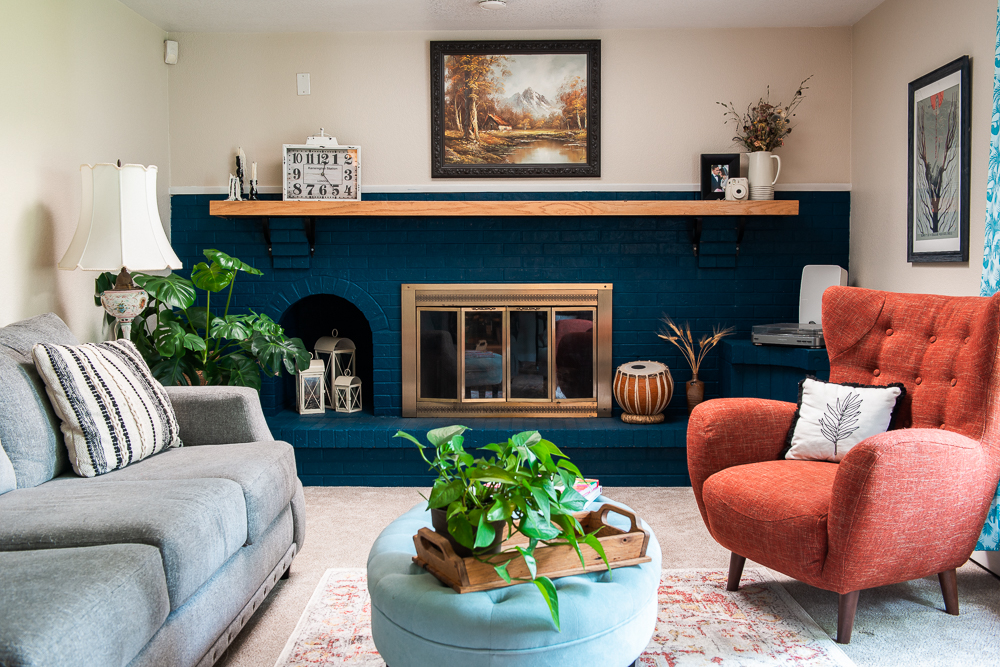
When I eventually let go of a shuddery old bookshelf that was more dust than shelf, it felt like a weight lifted. Keep only what you need, use, or truly love. The rest is just noise.
2. One lounge, Not a Set
Forget the big box cabinetwork sets with a lounge, love seat, and president that swallow the room total. In small or minimalist living apartments, lower is literally more.
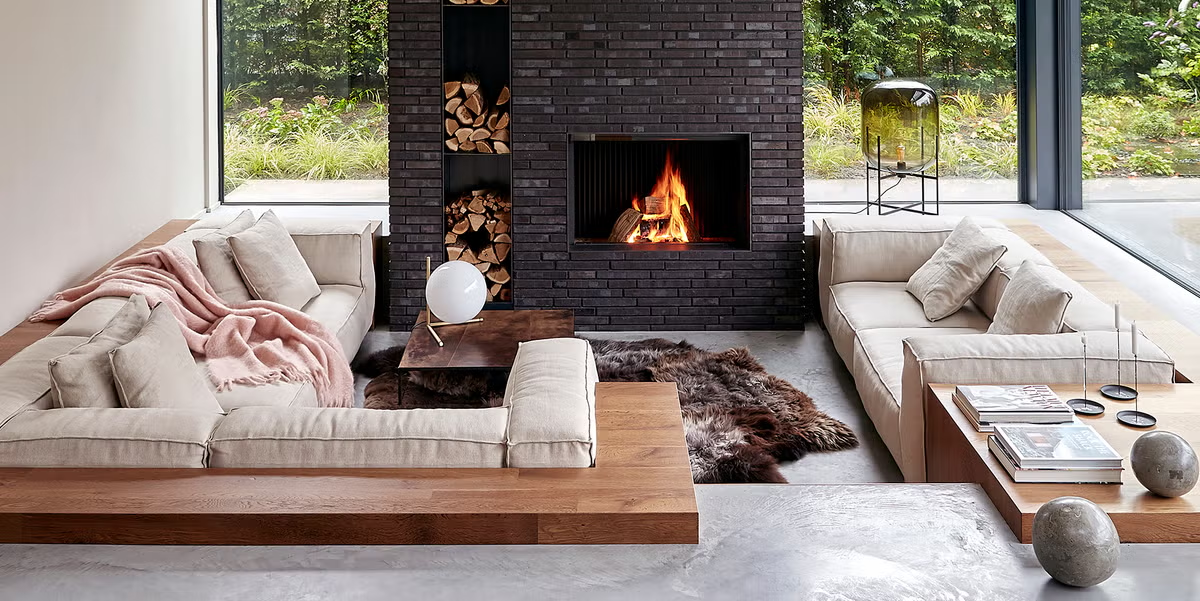
A single, well sized lounge (perhaps a cozy two-seater or a clean lined sectional) is all you need. Add a pouf or a slim armchair if there’s room. Don’t force it.
3. Lighten Up — Literally
Natural light changes everything. However, make the utmost of it, If you’ve got a window. Ditch the heavy curtains. Use light linen or cotton if you want commodity soft. Indeed if your view is just the neighbor’s wall, further light = further life.
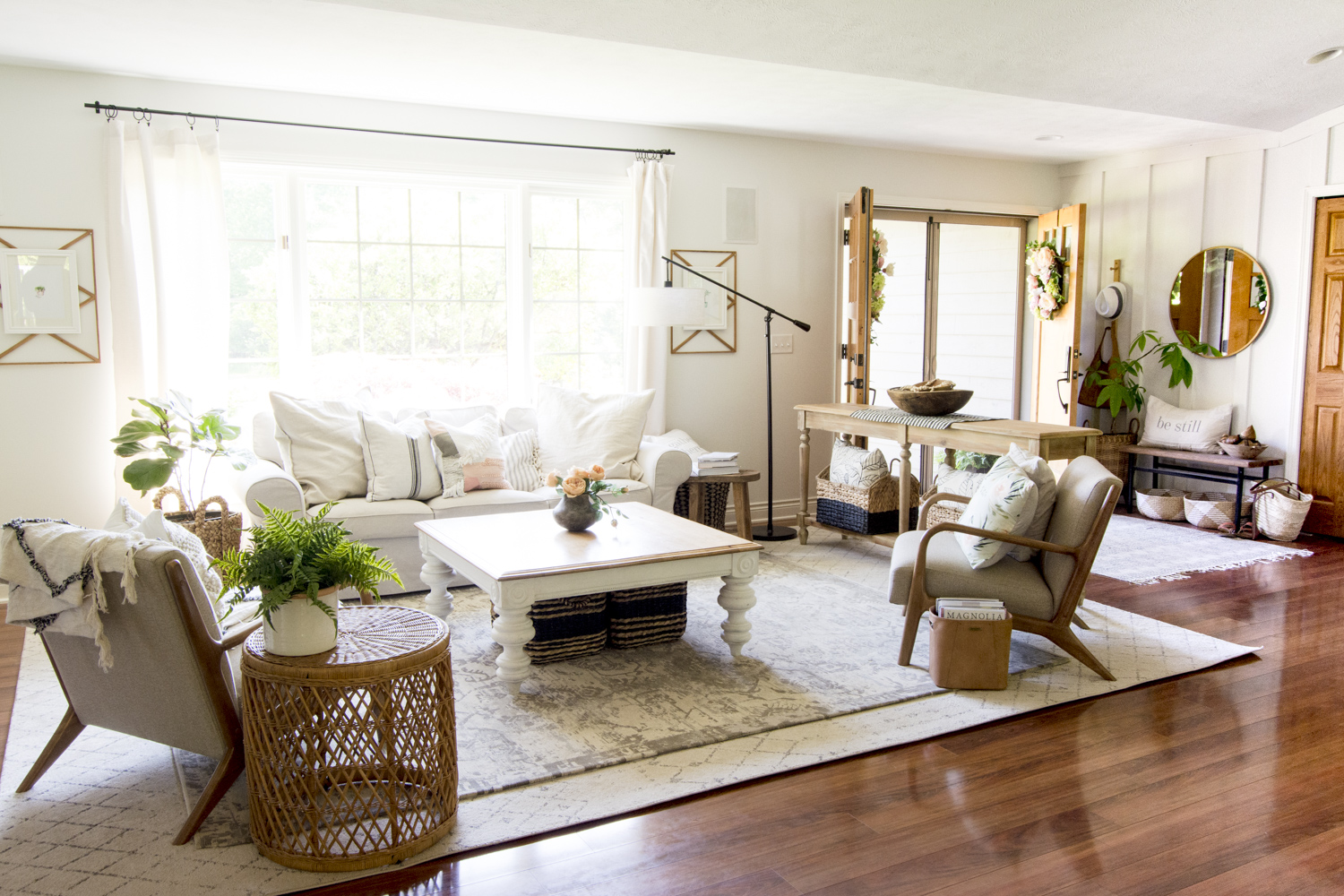
Pro tip? A glass opposite a window works like magic. It bounces light and makes the whole room feel doubly as big.
4. Hairpieces Are Game- Changers
A hairpiece can do so much in a minimalist space. It anchors the cabinetwork, adds warmth, and helps define the area (especially if you live in a plant or open- plan space).
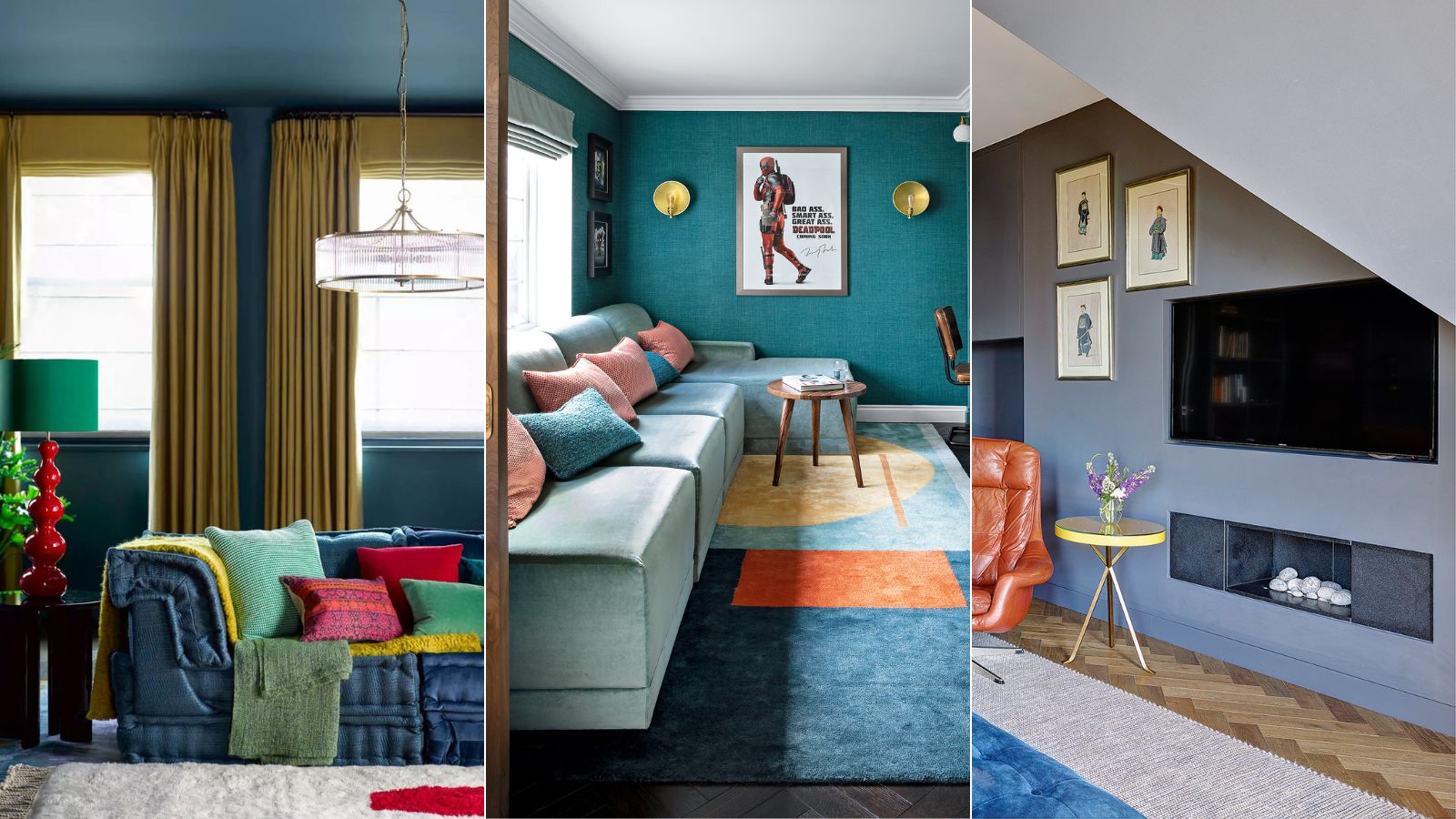
Stick to simple patterns or solid colors. Texture works better than a loud print in a calm space. I set up a neutral jute hairpiece at a flea request for cheap and it brought everything together.
5. suppose Tall, Not Wide
When space is tight, look up. Altitudinous bookshelves, perpendicular storehouses, wall mounted lights save bottom space and make the room feel high.
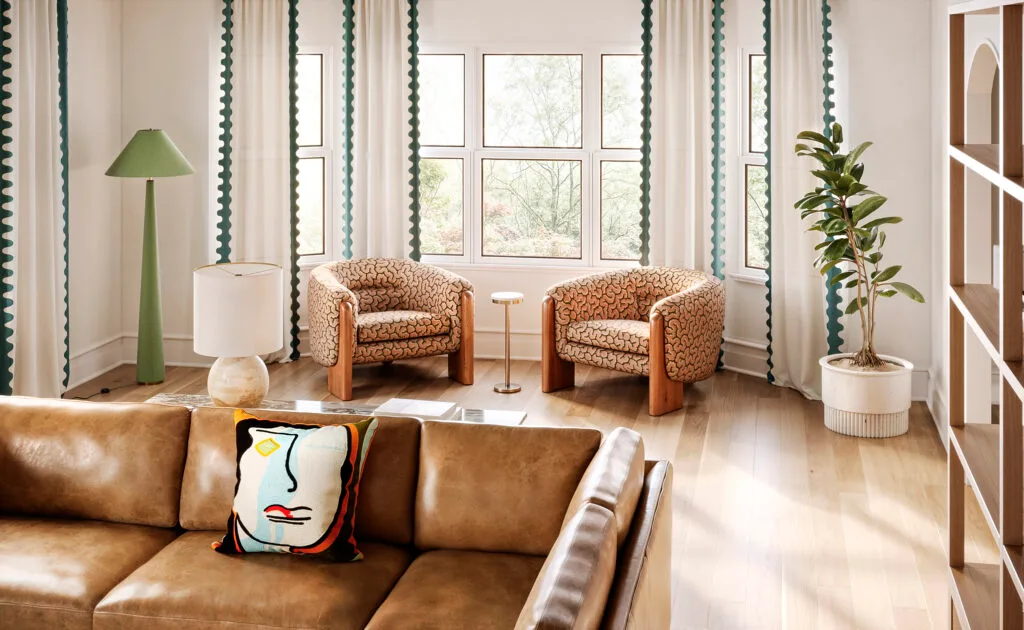
I added floating shelves above my television. Now, my books and shops have a home, and the bottom stays blissfully clear. Plus, it just looks cleaner.
6. Hidden Storage Is Everything
Minimalism isn’t about owning nothing. It’s about not seeing everything all the time.
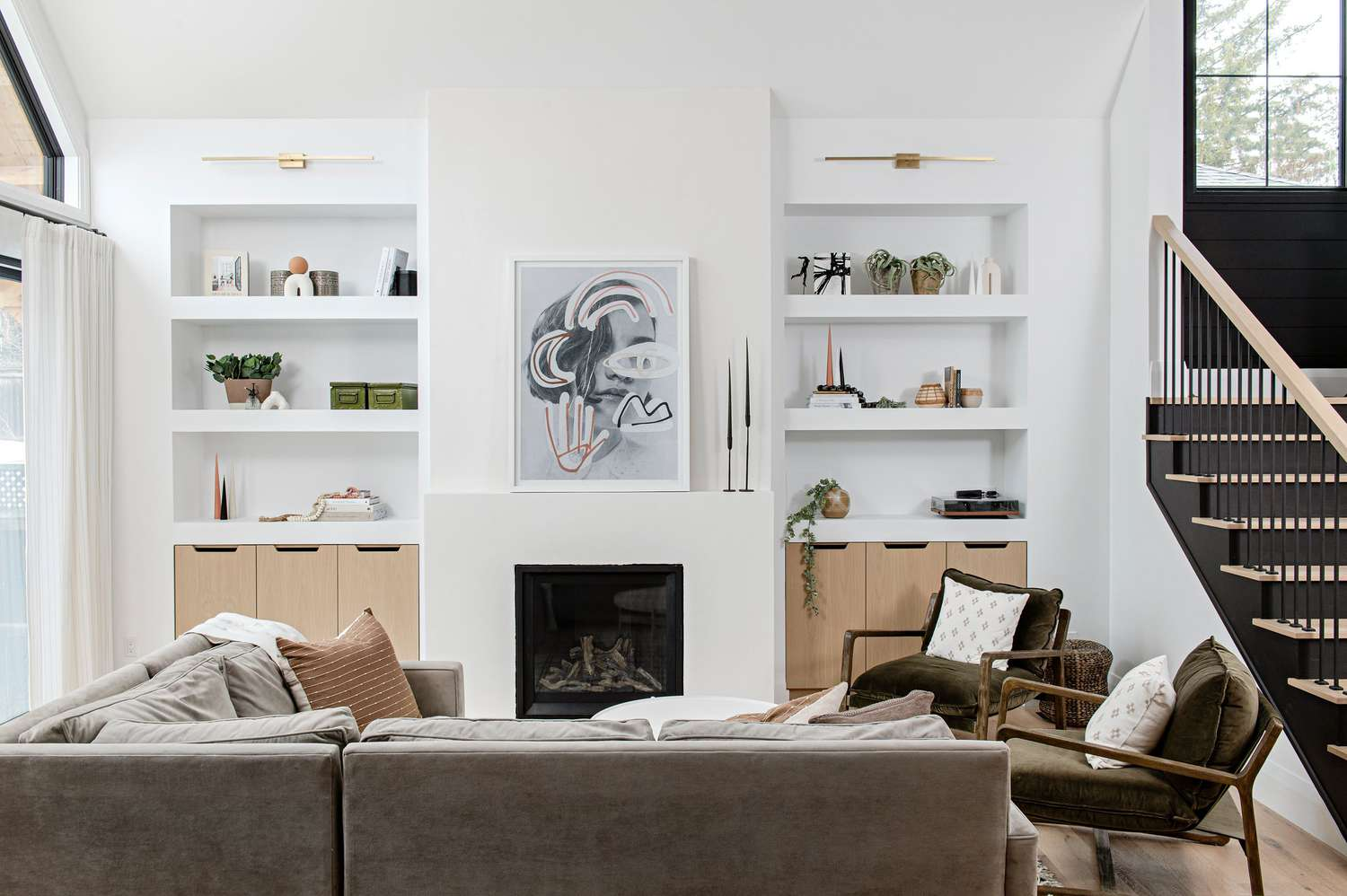
Use what you’ve got wisely: a coffee table with storage, a slim bench that opens up, or even an old trunk that doubles as a table. I stash my board games and winter blankets in an ottoman — and it still looks like a regular seat.
7. Keep Surfaces Clear (Mostly)
The trick with minimalist living rooms isn’t no decor — it’s selective decor.
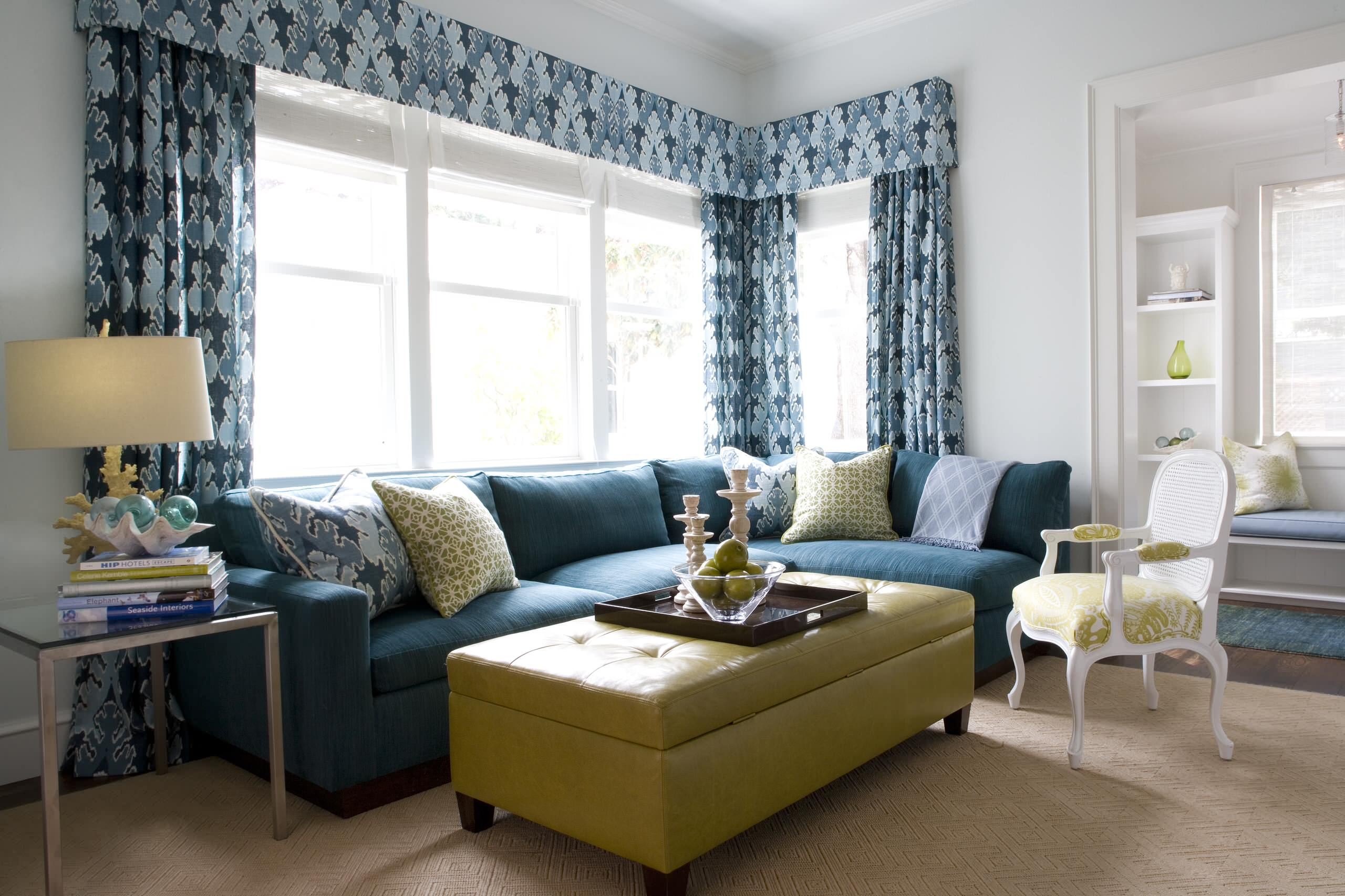
One candle. One framed photo. One plant. Done. You want surfaces that breathe, not ones that scream.
I used to have six coasters, a stack of books, and two vases on my coffee table. Now I have one small plant and a handmade ceramic bowl — and it actually feels calm when I sit down.
8. Go Cordless Where You Can
Cords are the silent clutter. If you can hide them, do it. Use clips or cable boxes, run them behind furniture, or go for wireless where it makes sense. A cordless lamp changed the whole corner of my living room — no messy wires, just light and peace.
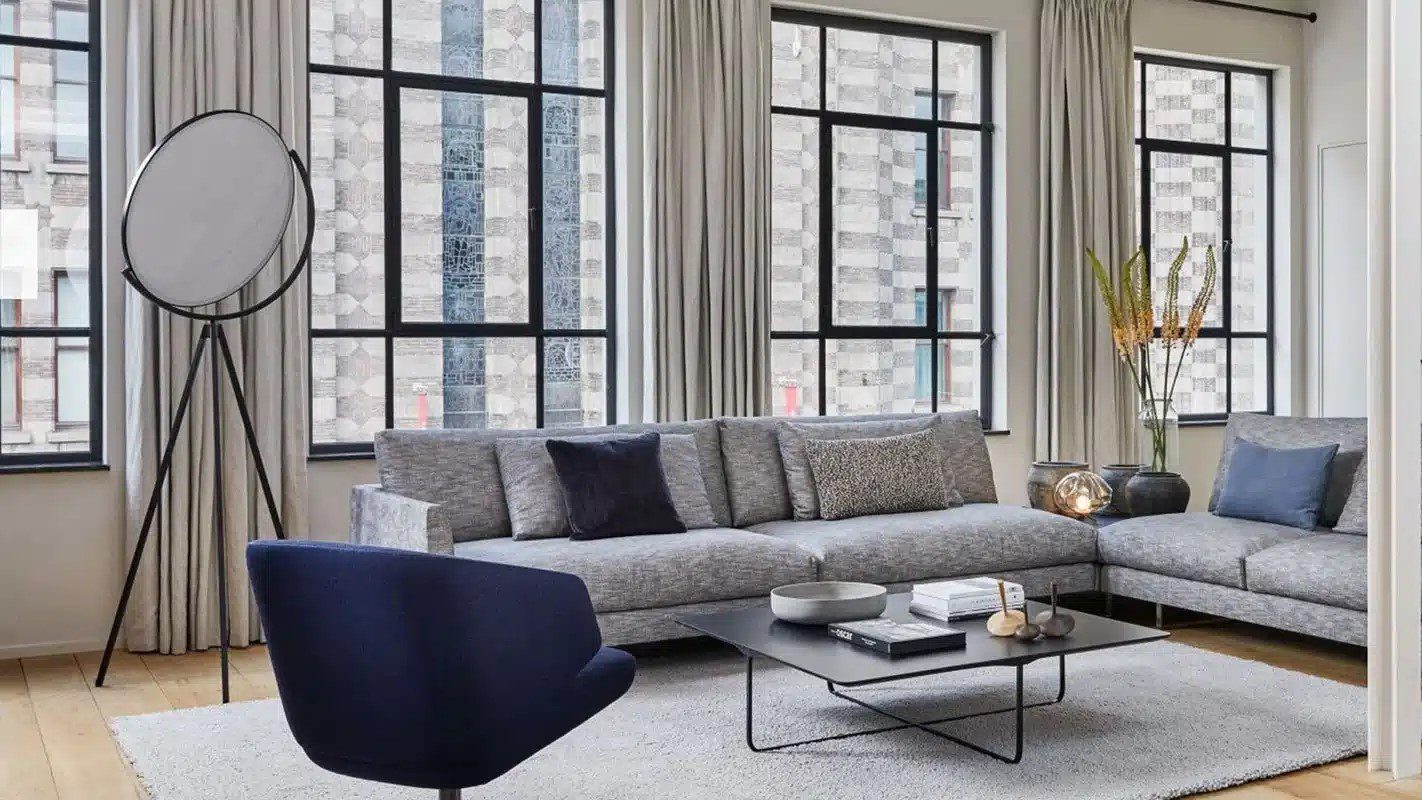
9. Add One Living Thing
Hops. Just one or two. They make the space feel alive without making it feel busy.
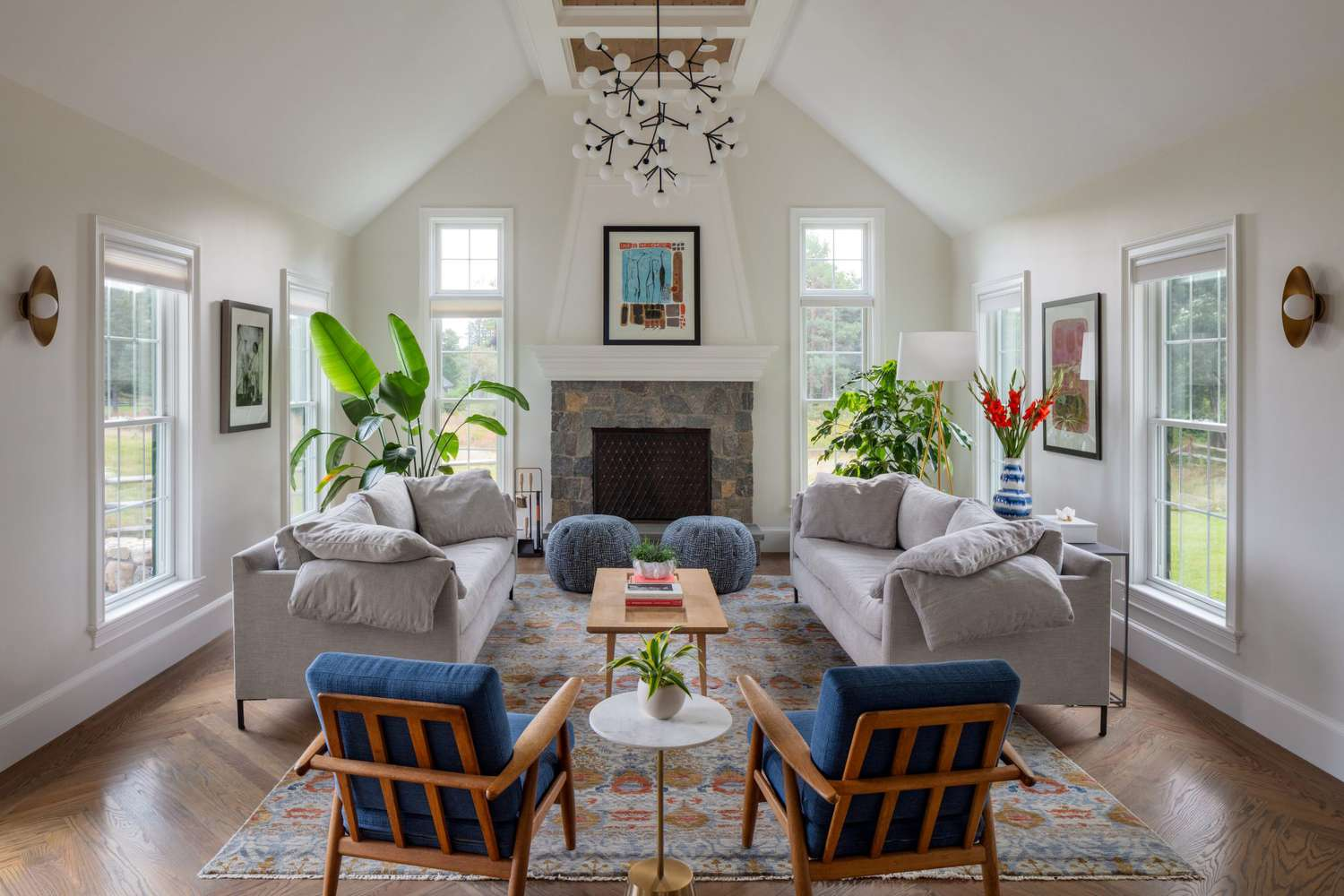
A snake factory, pothos, or indeed a simple cactus works as prodigies. Perk they clean the air and force you to decelerate down for a moment when you water-soak them.
10. Be Real About How You Use the Space
The biggest minimalist mistake? Designing a room for how it looks instead of how you live.

Do you actually sit at that desk? Are you really going to use that decorative ladder to hang blankets? If not — skip it.
Design around your habits. I know I read on the couch, not in a reading nook, so I keep a book tucked under the coffee table and a throw nearby. That’s it.
Final Thought: Minimalism Is Personal
This isn’t about copying some perfect Pinterest photo or buying an all-white sofa you’ll be terrified to sit on. It’s about creating a living room that gives you space — to breathe, to relax, to live.
You don’t need more stuff. You need the right stuff. The things that matter, that function, that feel like you. Start small. One drawer, one corner, one weekend. It’s not about being perfect. It’s about being intentional.And honestly? It feels so, so good.
